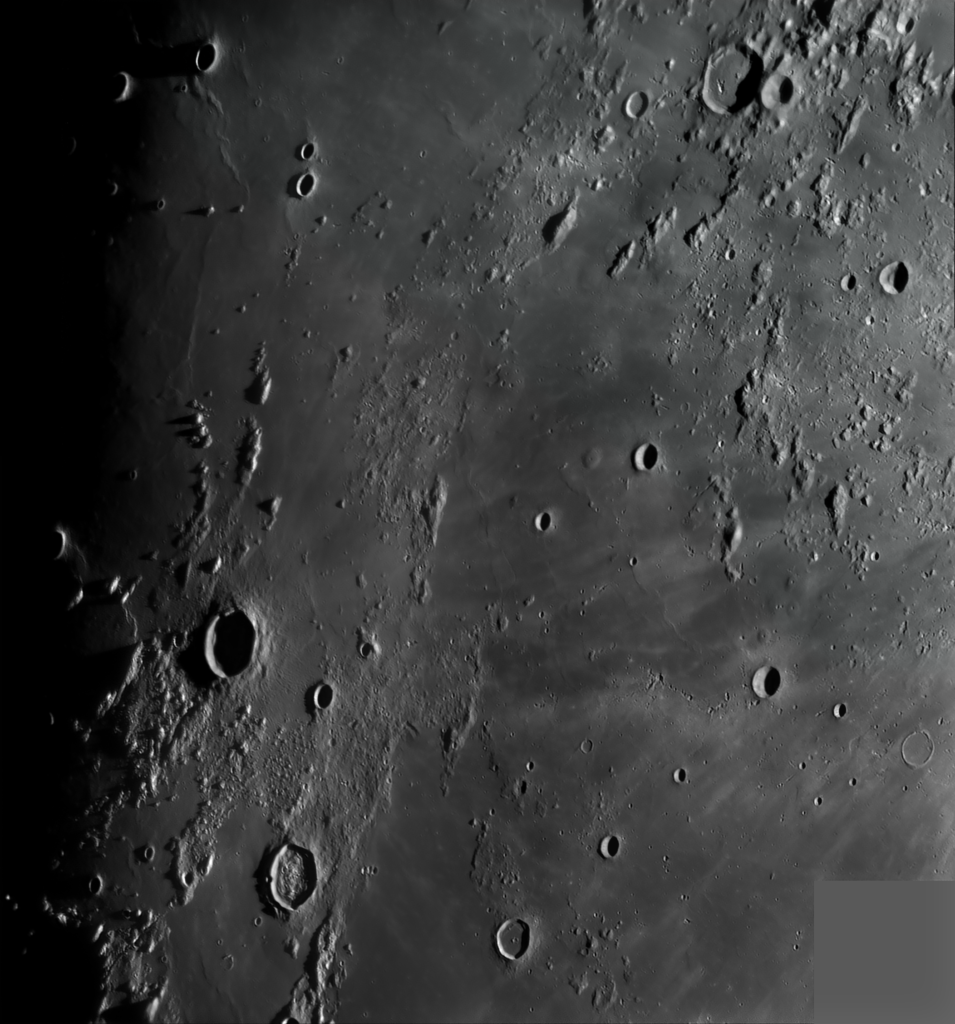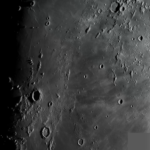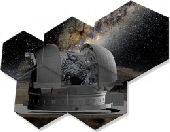Italian Language (for English, please read further below):
La notte tra il 25 e 26 maggio scorso, una delle migliori serate degli ultimi anni per quanto riguarda la stabilità atmosferica (il famoso “seeing”), tra le riprese lunari effettuate ho catturato questo paesaggio centrato sulla zona dei “domi di Milichius”, comprendente anche i crateri Keplero, Encke, T.Mayer, e anche il cratere Milichius. La zona è molto interessante per lo studio dei Domi lunari, i quali consistono in strutture a forma di cupola (dall’inglese Dome) con pendenze poco accentuate e sommità smussate.
La loro formazione è frutto di un’intrusione di lava nel sottosuolo lunare che, non riuscendo ad emergere in maniera classica, spinge verso l’alto formando un rigonfiamento della zona interessata, dando la classica forma a “cupola”.
In questo settore, uno degli studiosi di maggior rilevo a livello nazionale ed internazionale e tra i miei amici in campo astronomico e dell’imaging lunare, è il Dr. Raffaello Lena, coordinatore ALPO e BAA per gli studi sui Domi Lunari.
L’immagine è frutto del mosaico di tre riprese totali.
Dettagli tecnici:
Celestron C14 StarBright ad F/22 – Baader-Zeiss Abbe Barlow 2x – Baader R filter @ ~590nm – GS3-U323S6M-C camera – Seeing max 7/10 in R band – sito: Palermo @ my personal Observatory.
English:
Their formation is the result of an intrusion of high viscosity lava in the lunar subsurface which, failing to emerge in a classical way, pushes upwards, forming a swelling of the affected area, giving the classic “dome” shape.
In this sector, one of the most important expert person at national and international level, is Dr. Raffaello Lena, ALPO and BAA coordinator for the studies on the Lunar Domes that I would like to count among my dearest friends in astronomy and lunar imaging.


